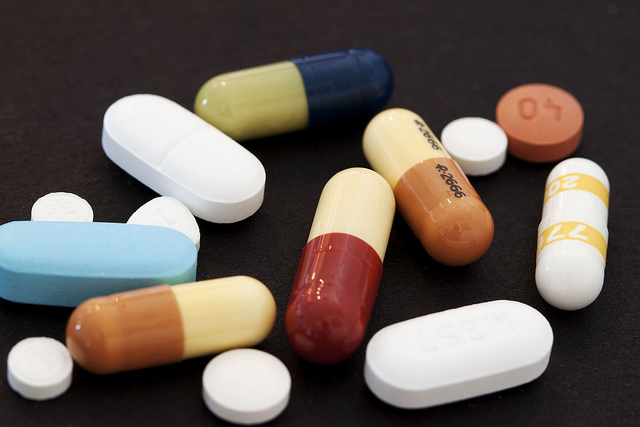
The effectiveness of medication depends on how well a patient follows the prescribed dosage. When drug compliance is over 80 percent, the medication is usually effective and stable. (image: Laura Gilmore/flickr)
SEOUL, Aug. 11 (Korea Bizwire) – Research says that if medicine is made in the color a patient likes, the patient’s ‘drug compliance’ could go up. Drug compliance is the degree to which a patient follows the directions and prescriptions of a doctor.
The effectiveness of medication depends on how well a patient follows the prescribed dosage. When drug compliance is over 80 percent, the medication is usually effective and stable.
Medicine cannot be as effective when taken too much or too little at once, taken past the appropriate time, or even skipped by the patient.
Professor Lim Sung-sil from the pharmaceutical department at the Catholic University of Korea, asked 150 patients if they would take their medicine better if it was a color they liked. Fifty percent of the respondents answered that they would.
Questions about medicine color preferences were also asked. Around 41 percent answered that they preferred white the most, followed by yellow (16.7 percent) and green (13.6 percent).
The research team’s analysis indicated that white had a clean and sanitary image that made people feel safe, or they were just used to the color because most pills are white. Also, yellow pills could be more effective for patients that are depressed, and green pills could calm patients that are anxious.
The research team anticipates that the results will help enhance the effectiveness of medication in treating illness. “We have tried our best to make patients take their medicine as prescribed. Now, we expect whether consciously or not, the color of medicine will enhance drug compliance so that the medication could be more effective to the patients.”
The results of the study were published in the 2015 issue of the Journal for Medicine.
By Francine Jung (francine.jung@kobizmedia.co.kr)






